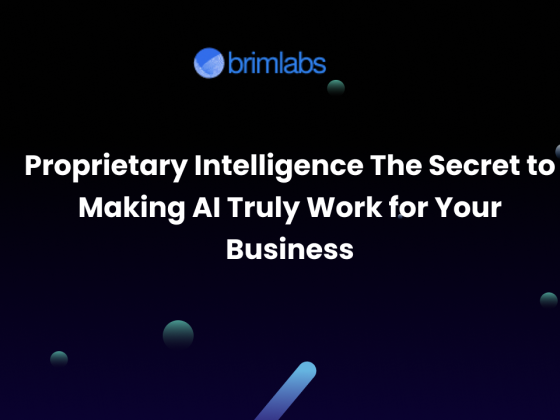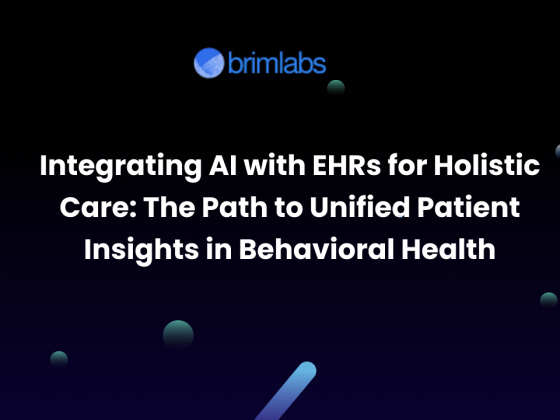In today’s digital world, keeping users engaged is one of the biggest challenges businesses face. Whether it’s a mobile app, an e-commerce platform, or an educational tool, retaining users and keeping them active is critical for long-term success. One of the most effective strategies to drive engagement and user retention is gamification, the application of game-like elements in non-gaming environments.
However, traditional gamification strategies often rely on static reward systems that fail to adapt to user behavior. This is where Machine Learning comes in. By leveraging AI-driven gamification, businesses can personalize experiences, optimize engagement, and ensure long-term user retention. In this blog, we will explore how ML-powered gamification can transform user experiences and why businesses should adopt AI-driven engagement models.
Understanding Gamification and Its Importance
Gamification involves using game mechanics such as points, badges, leaderboards, levels, and challenges to enhance user engagement. The psychology behind gamification is based on motivation theories, which include:
- Intrinsic Motivation: Users engage in an activity for enjoyment or personal satisfaction.
- Extrinsic Motivation: Users participate due to external rewards such as points, discounts, or badges.
- Behavioral Triggers: Immediate feedback, rewards, and progression encourage users to continue their activities.
While traditional gamification strategies have proven effective, static game mechanics can become predictable and lose their appeal over time. This is where Machine Learning enhances gamification by adapting and personalizing experiences dynamically.
How Machine Learning Enhances Gamification?
1. Personalized Rewards and Challenges
Traditional gamification offers the same challenges and rewards for all users, which can lead to disengagement. Machine Learning enables businesses to personalize these rewards based on user behavior, preferences, and engagement levels.
For example, an ML algorithm in an e-learning platform can assess a student’s past performance and suggest challenges tailored to their strengths and weaknesses, making learning more engaging and effective.
2. Predictive User Engagement
ML models analyze past user behavior and predict drop-off points, moments when users are likely to disengage. By understanding these patterns, businesses can introduce interventions such as:
- Timely notifications to re-engage users.
- Personalized incentives such as discounts or exclusive content.
- Dynamic difficulty adjustments to maintain engagement levels.
3. Adaptive Difficulty Levels
One major problem with traditional gamification is one-size-fits-all difficulty. If challenges are too easy, users may get bored. If they are too hard, users may quit. AI-driven gamification adjusts the difficulty dynamically based on user skill levels and engagement history, ensuring an optimal challenge level.
For example, a fitness app can adjust workout intensity based on past performance, ensuring users stay motivated without feeling overwhelmed.
4. Intelligent Leaderboards and Social Interaction
Leaderboards are a staple of gamification, but static leaderboards often lead to disengagement if users feel they can’t compete with top players. ML-powered dynamic leaderboards can:
- Group users into custom brackets based on similar skill levels.
- Introduce time-sensitive competitions to maintain excitement.
- Suggest social interactions with users who have similar engagement patterns.
5. Sentiment Analysis for Emotional Engagement
Machine Learning models can perform sentiment analysis on user feedback, reviews, and interactions to understand emotional engagement. This allows businesses to:
- Adjust rewards and challenges to align with user emotions.
- Identify friction points where users feel frustrated.
- Provide AI-driven suggestions to improve user satisfaction.
6. Real-Time Feedback and Engagement Optimization
AI can process real-time user data to make instant modifications to the gamification experience. Some real-world applications include:
- E-commerce platforms offering personalized discounts to users based on browsing behavior.
- Educational apps adjusting quizzes and learning paths based on real-time user responses.
- Mobile games recommending in-game purchases or power-ups based on player habits.
Real-World Applications of AI-Driven Gamification
- E-Learning Platforms: Platforms like Duolingo and Khan Academy use ML to personalize learning experiences by adjusting difficulty levels, offering tailored recommendations, and maintaining user engagement through gamified challenges.
- Fitness and Health Apps: Apps like Nike Run Club and Strava use AI to recommend workouts, analyze fitness trends, and create competitive leaderboards tailored to users’ performance levels.
- E-Commerce and Loyalty Programs: E-commerce platforms use ML-powered gamification to reward repeat customers, offer dynamic discounts, and personalize shopping experiences based on user behavior.
- Corporate Training and Employee Engagement: Companies use gamified AI-driven platforms like Axonify and Kahoot! to make corporate training interactive, rewarding, and adaptive to each employee’s learning pace.
Future of Gamification with AI & ML
As AI and ML continue to evolve, gamification will become even more dynamic, personalized, and effective. Some future trends include:
- AI-powered Virtual Assistants: Chatbots that guide users through gamified experiences, providing instant feedback.
- Augmented Reality (AR) & Gamification: Enhanced immersive experiences through AI-driven AR applications.
- Blockchain-based Rewards: Secure and transparent reward systems using decentralized technologies.
Conclusion
Machine Learning is revolutionizing gamification by making it more adaptive, personalized, and engaging. Businesses leveraging AI-driven gamification can improve user engagement, reduce churn rates, and drive long-term customer loyalty. Whether in education, fitness, e-commerce, or corporate training, AI-enhanced gamification strategies provide businesses with a competitive edge in retaining and engaging users.
If you’re looking to implement ML-powered gamification in your platform, Brim Labs can help you build customized AI-driven engagement solutions that drive retention and user satisfaction. Get in touch with us at Brim Labs and explore how AI can transform your digital experience!











